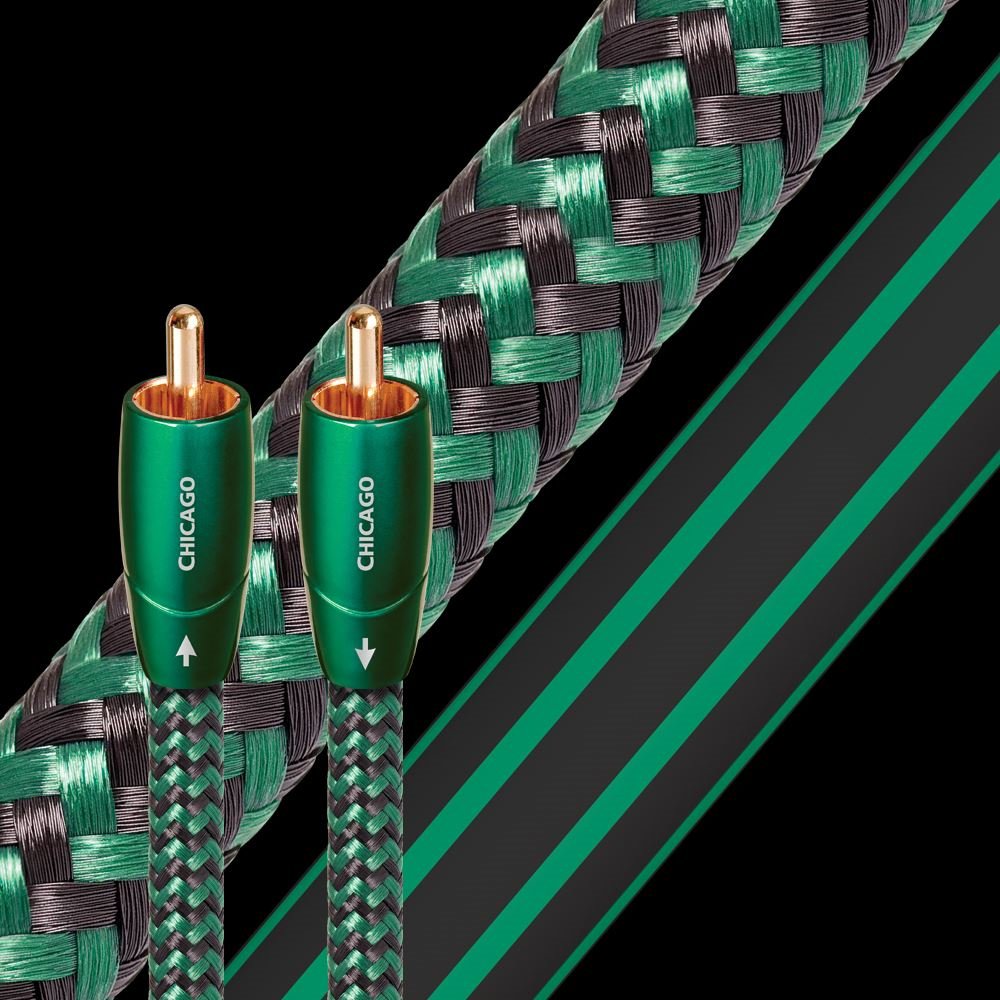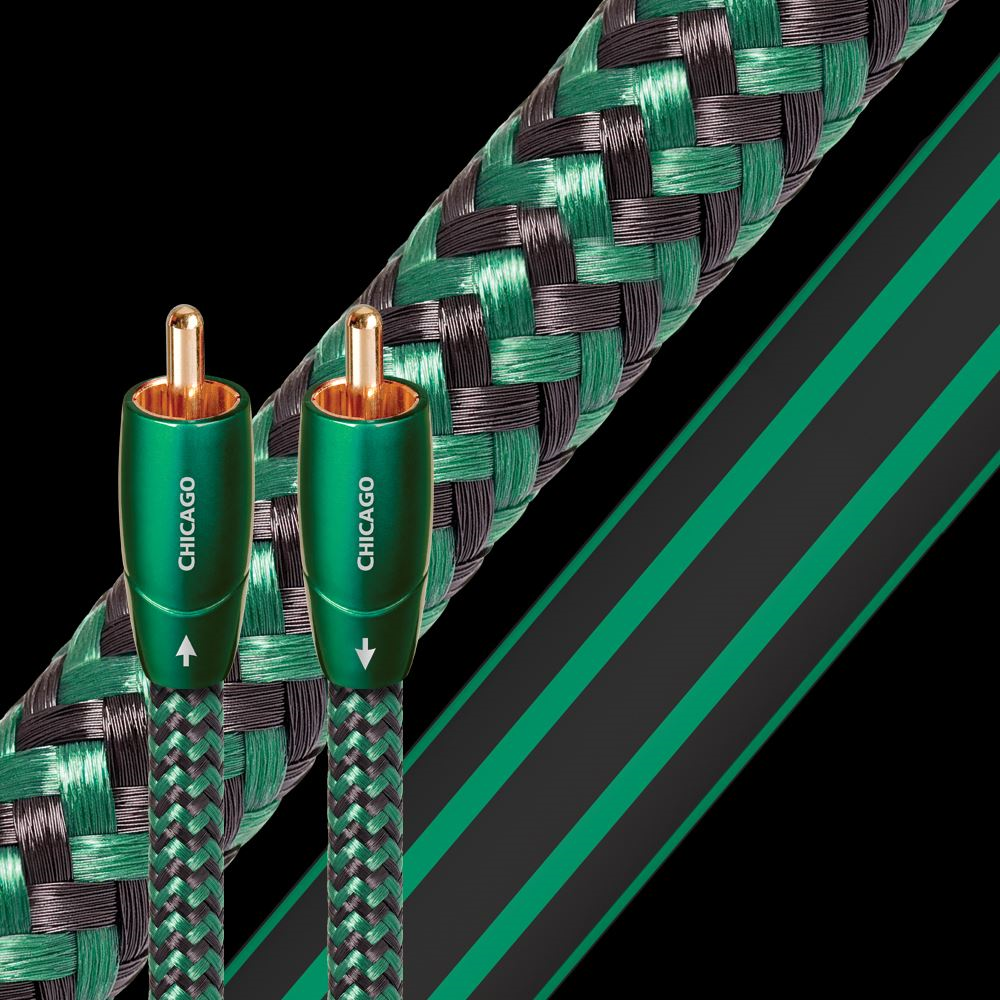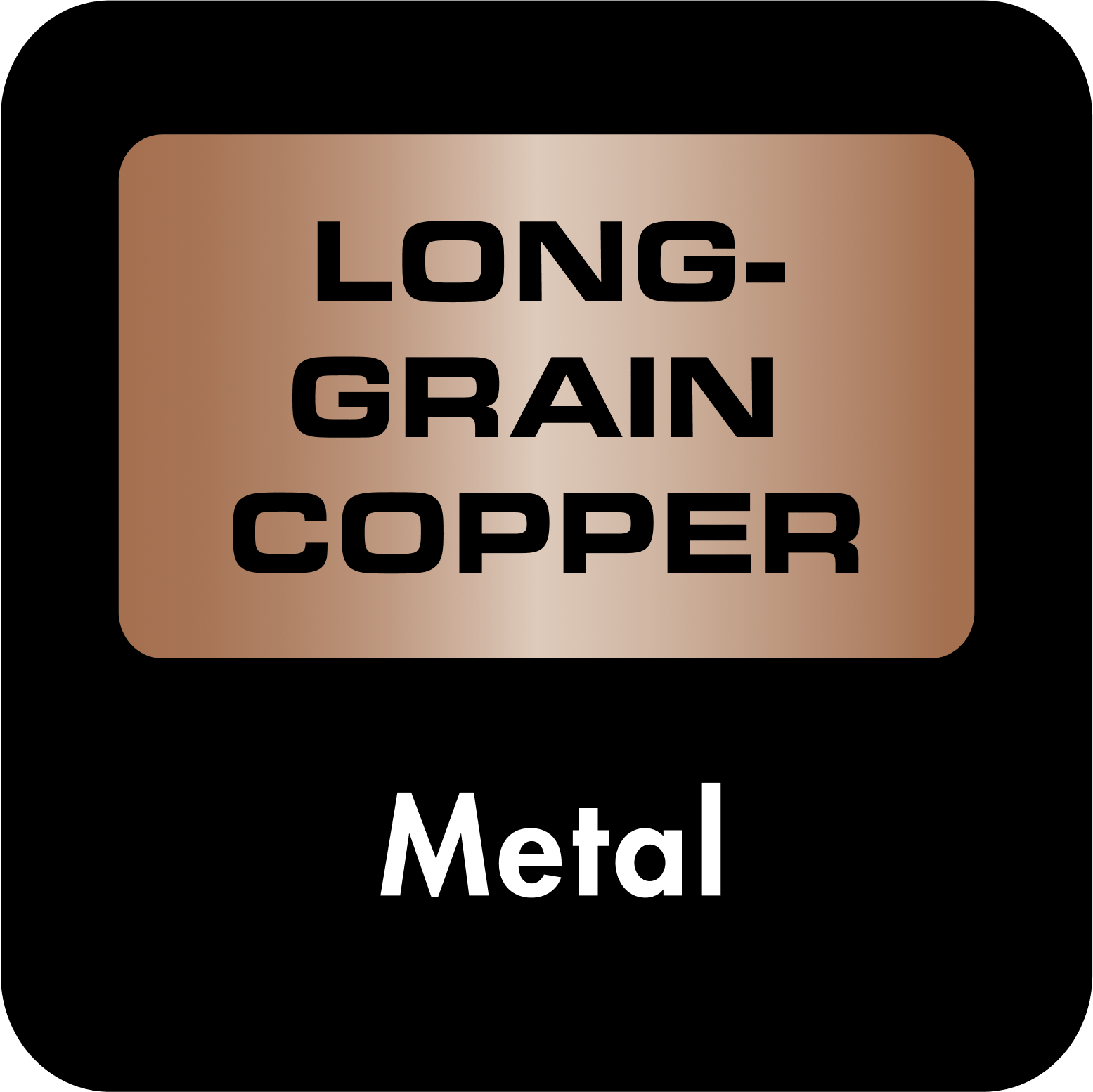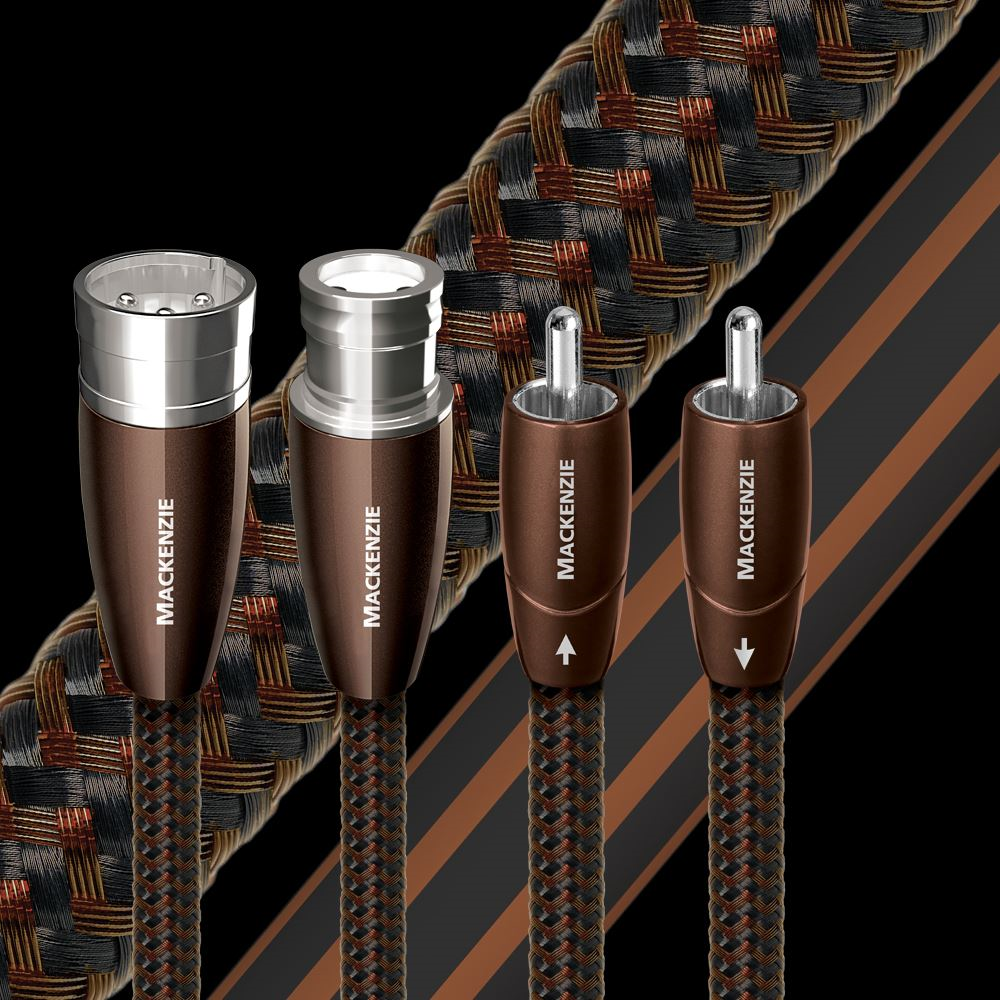
AudioQuest Chicago Analogue Interconnect
Analogue Audio Interconnect Cable
$199.00 SGD
Enjoy cleaner, clearer, and more natural sound with the AudioQuest Chicago RCA Analog-Audio Cable. Perfect for connecting your audio source components to amplifiers or receivers.
AudioQuest Bundle: Buy Any 3 & Get 15% Off
Enjoy 15% off any 3 AudioQuest cables! Discount applied automatically at cart and checkout.
Couldn't load pickup availability
Pickup available at ATLAS WAREHOUSE @ Harper
Usually ready in 24 hours
Hurry, only 1 item left in stock!
DESCRIPTION
TECHNICAL SPECIFICATIONS
Viewing

Metal
Noise Dissipation
Geometry
Insulation
Terminations
Signal Type




